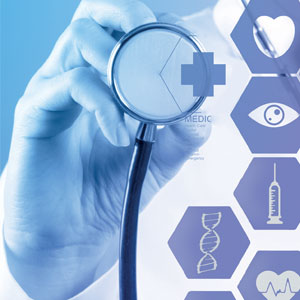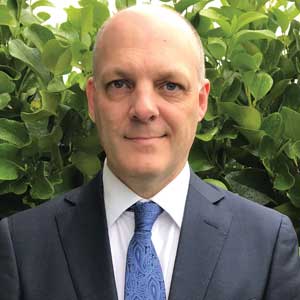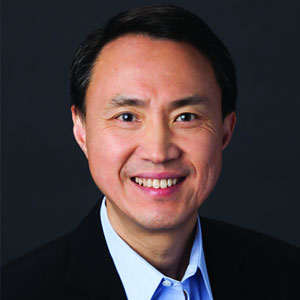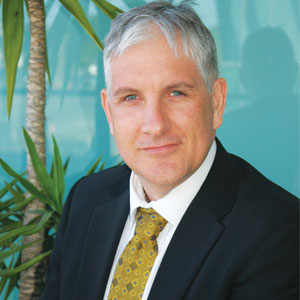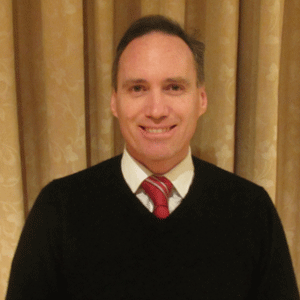THANK YOU FOR SUBSCRIBING
Editor's Pick (1 - 4 of 8)

The Prescription for a Revolution in Healthcare
George Pepes, APAC Healthcare Solutions Lead, Zebra Technologies

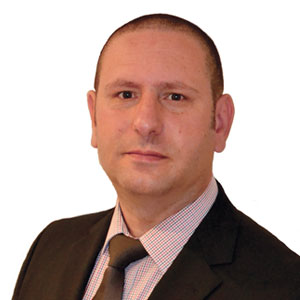
George Pepes, APAC Healthcare Solutions Lead, Zebra Technologies
By giving the patient a ble wristband, the wristband can be scanned by sensors as the patient moves through treatment phases
Weekly Brief
I agree We use cookies on this website to enhance your user experience. By clicking any link on this page you are giving your consent for us to set cookies. More info
Read Also





